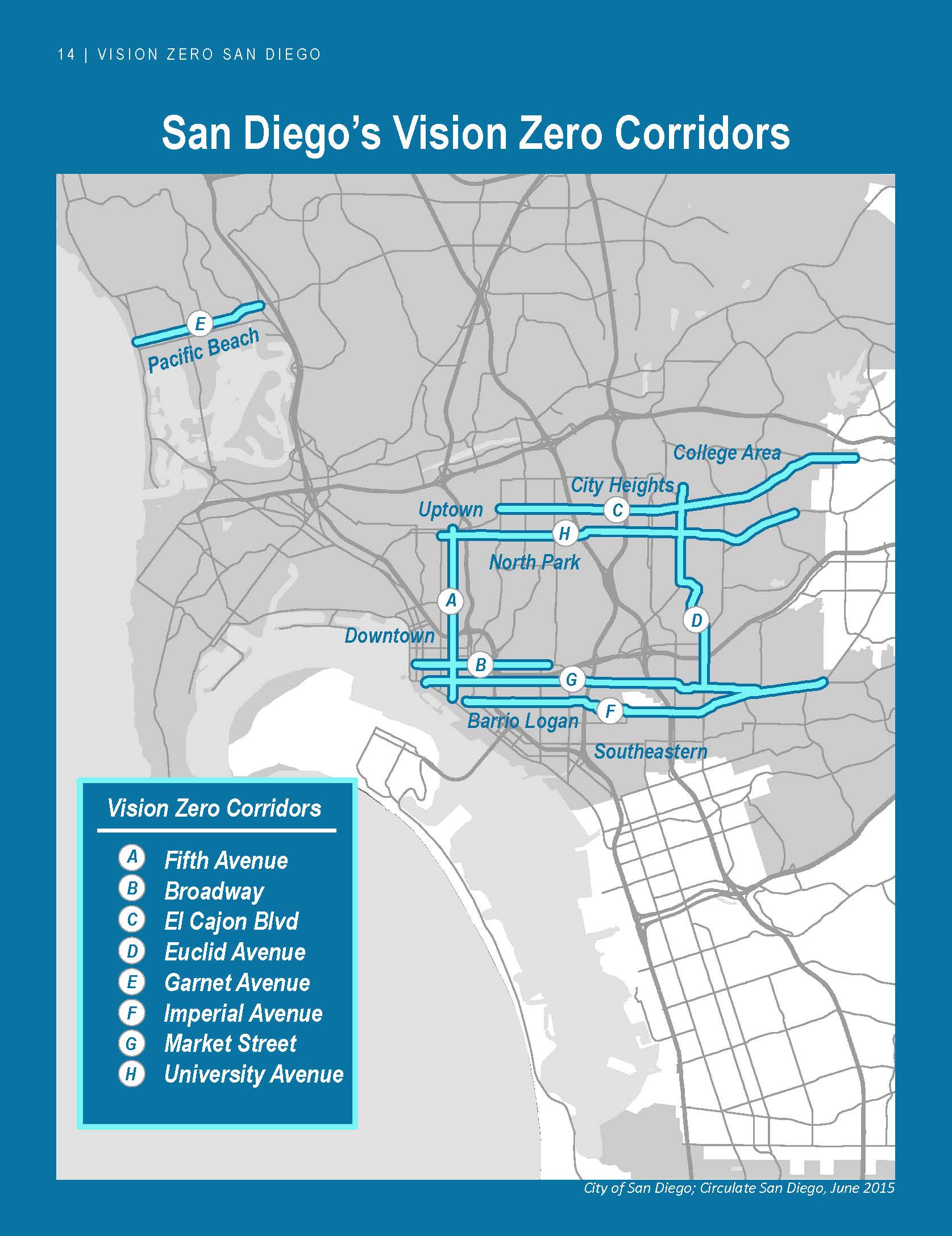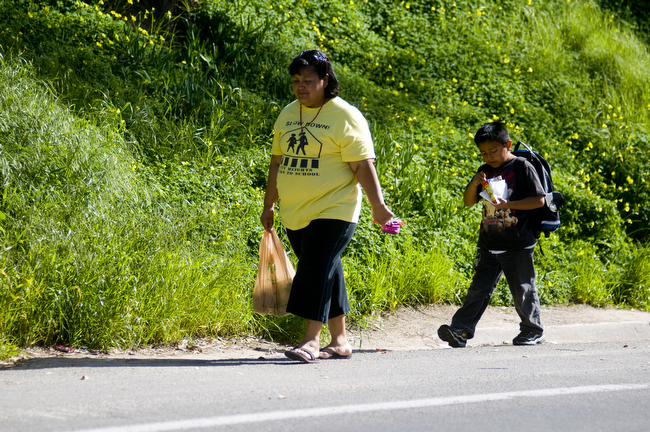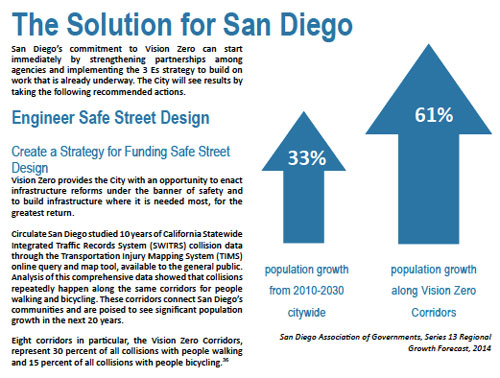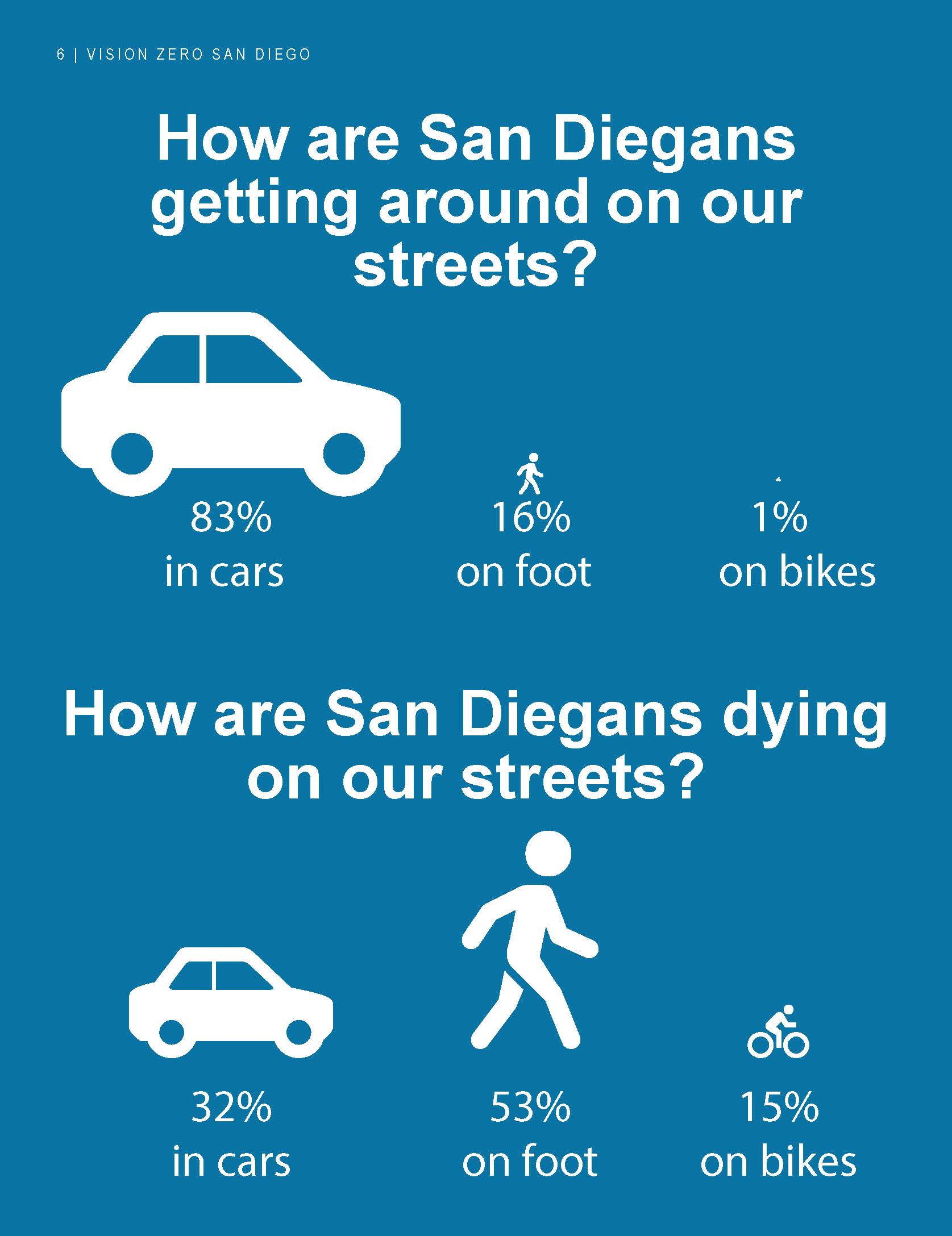 On our September Distance Learning Webinar last week, we learned about leading-edge work from local advocacy organizations that are advancing Vision Zero for everyone.
On our September Distance Learning Webinar last week, we learned about leading-edge work from local advocacy organizations that are advancing Vision Zero for everyone.
On Monday, we shared an overview of Vision Zero from Leah Shahum, the director of the Vision Zero Network. On Tuesday, we took a look at how Walk San Francisco has partnered with public health and more than 40 community organizations to get its city leaders to adopt — and implement — safer streets for all. And on Wednesday, we explored how Oregon advocates rooted their Vision Zero campaign in the priorities and recommendations of community partners.
Today, we close out our tipsheet series with insight from Bike San Diego on how they addressed concerns around enforcement to ensure a lack of capital investment wouldn't lead to the criminalization of community mobility.
But first, a word on our presenter...
Samantha Ollinger isthe executive director of Bike San Diego. Ollinger is an accountant by trade and graduate of Temple University. She and two friends originally created BikeSD.org to change the conversation about bicycling in San Diego and she's since formalized the site into a non-profit organization that will push San Diego in reaching its potential as a world-class bicycle friendly city.
(Are you an Alliance member? You can watch the full recording of the webinar — and dozens of others — in our Resource Library! Click here!)
Letting others lead
"Bike SD is a small organization with a staff of two and, fortunately, we didn’t have many cycling injuries and deaths," Ollinger said. "But a lot of pedestrians had been killed over the past couple of years… So Circulate SD, which works on a regional level [and is focused more specifically on walking], led the effort, writing the white paper that identified the specific reasons to adopt Vision Zero."
Getting the city to support it was the next step, which proved easier when the local Chamber of Commerce came out in support. "Our Mayor is Republican," Ollinger noted, "and I mention that only because it’s a fair claim that making streets safe for everyone is a bipartisan issue — something that every mayor and every region can capitalize on."
Source: Circulate SD Vision Zero Report
Identifying deadly corridors
With the police department’s help, the next step was using "a data-driven approach to identify the deadliest corridors," Ollinger said. "Most of them are in the central part of the city — in the urban, older communities of San Diego that have been historically underserved from a capital investment and funding perspective. They lack basic facilities, like sidewalks and bike lanes and street lights... The engineering solution is what we’ve been trying to emphasize because, at the end of the day, it requires financial resources to address the gaps."

Source: Circulate SD Vision Zero Report
Addressing enforcement concerns
"The biggest issues that came up relating to Vision Zero had to do with enforcement," Ollinger said. "Many times the local police department responds to jaywalking by ticketing jaywalkers or people riding on sidewalks. They’re not addressing the root cause of why people are engaging in these behaviors, which is often because it’s too dangerous to ride in the street or there are no sidewalk or the intersections are so far apart that they have to walk two or three minutes out of the way. We wanted to address all of that in way that was more fair and more equitable for communities that had not had the benefit of infrastructure investments."
"We didn’t want to create a policy at the city level that would criminalize the types of behaviors people do to get around," she said. "Rather than implement an enforcement approach that would target individuals within the deadly corridors — which also happened to be in underserved neighborhoods — we proposed language that prioritized where deadly behaviors could be minimized and addressed more driving behaviors than vulnerable road user behaviors."

Many high-crash corridors lack basic infrastructure like sidewalks (Image from Voice of San Diego)
Ensuring allocation to areas of need
With a city the size of New York City but with far fewer residents and a mix of landuses, from rural to urban, street scale improvements are more complicated. "There are a lot of challenges in dealing with the infrastructure element, so for Vision Zero, we wanted to focus our approach on the deadliest corridors first and then phase out from there," Olliger said. "For the engineering component, we’re building on a lot of existing city policies but we wanted to make sure the investment would be much more equitable. We wanted to make sure capital projects are invested in the communities of highest need."
"Success will be in the implementation, but I'm optimistic at this point," she said.

Source: Circulate SD Vision Zero Report
Read more about BikeSD and follow their efforts here.


